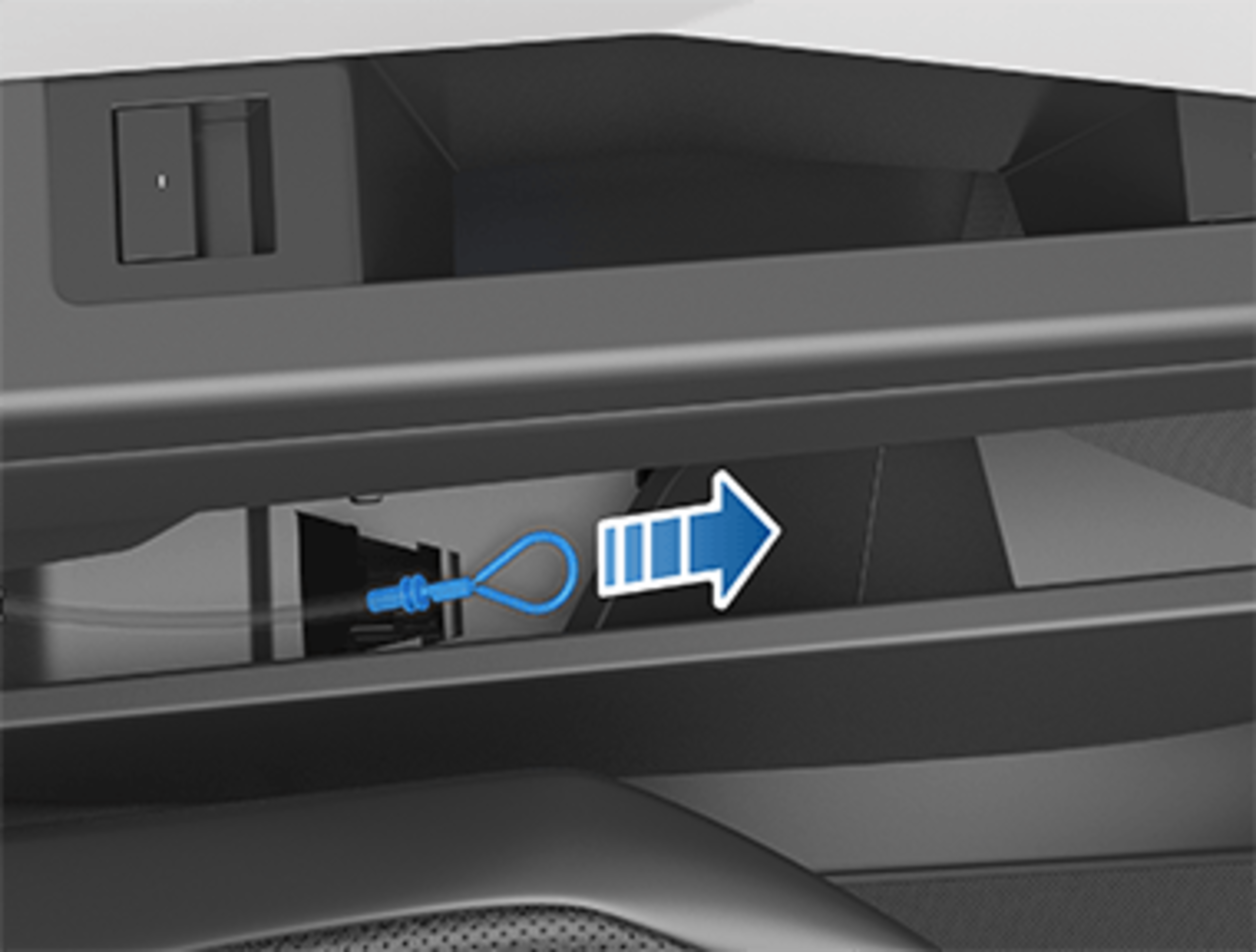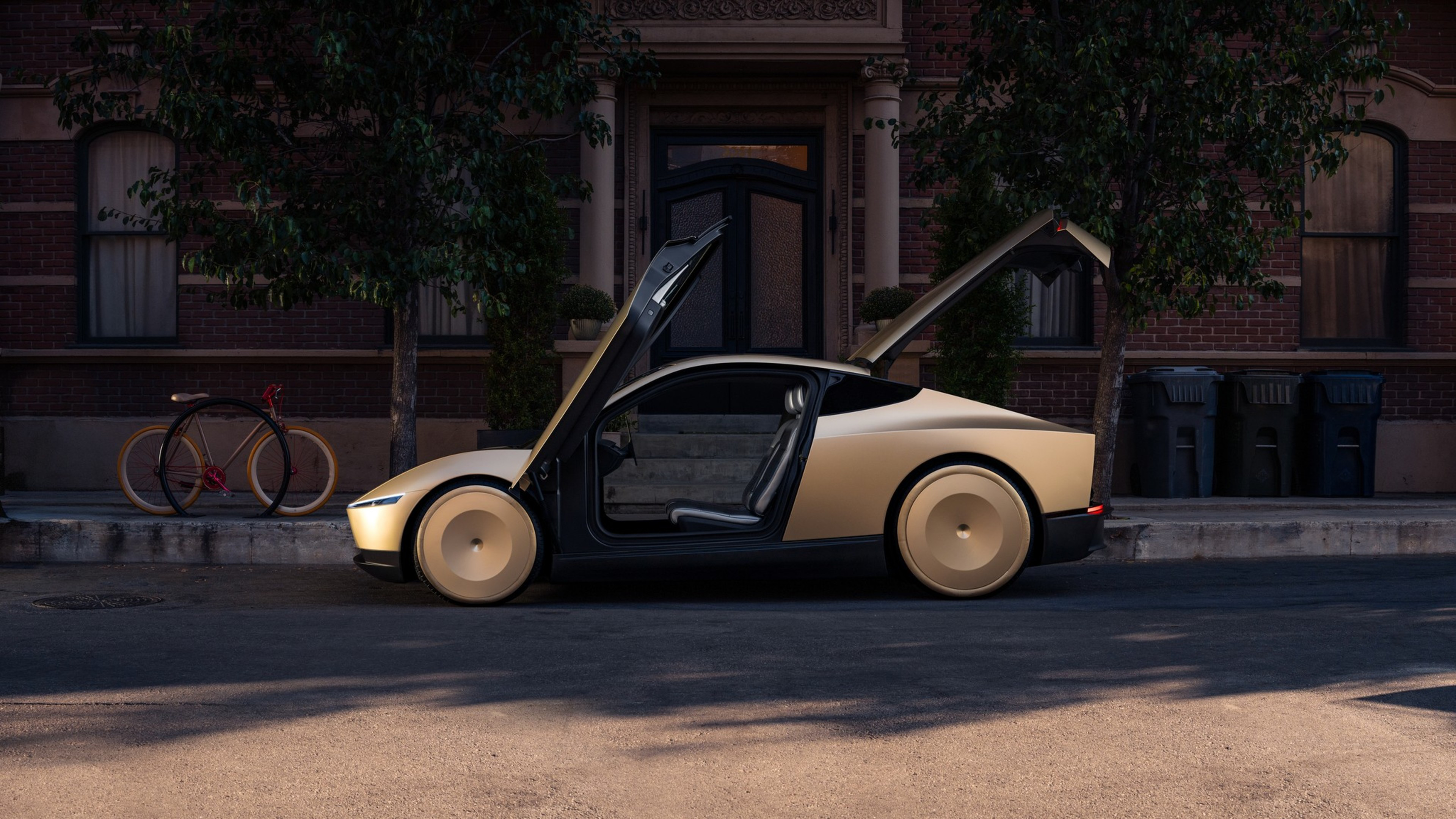Getting off the Tesla Robotaxi waitlist is exciting — the company’s semi-autonomous cab service works on Bay Area bridges and allows passengers to watch Netflix as they’re shuttled from Marin all the way down to San Jose.
Granted, this isn’t a Waymo yet. There’s still a safety driver in the front seat of the modified Model Y, but the rock-bottom prices make up for it.
But before you hop into one, beware that the feds are probing (opens in new tab) the Model Y’s powered door handles after complaints about malfunctions leading to injury and death.
Since 2018, the National Highway Traffic Safety Administration has received more than 140 consumer complaints related to doors on various Tesla models getting stuck, not opening, or malfunctioning.
This week, the families of two college students killed in November in a Cybertruck crash in Piedmont sued Tesla, alleging that the design of the vehicle’s doors made it nearly impossible for them to escape the burning wreck.
A Bloomberg investigation (opens in new tab) last month found that when Teslas lose their low-voltage power supply due to a crash, electronic door handles can stop working, leaving passengers unable to escape. The manual release levers that serve as a backup are often hidden beneath trim or difficult to locate in an emergency.
Even first responders have struggled to gain access: The flush exterior handles don’t function without power, and Tesla’s reinforced windows are hard to break. In response to the investigation, Tesla’s chief designer said the company is working on a redesign of its door handles.
Until then, here’s a basic guide to help you safely escape a Tesla that has lost power.
Tesla Model Y
Front door: Pull up the manual door release located in front of the window switches.
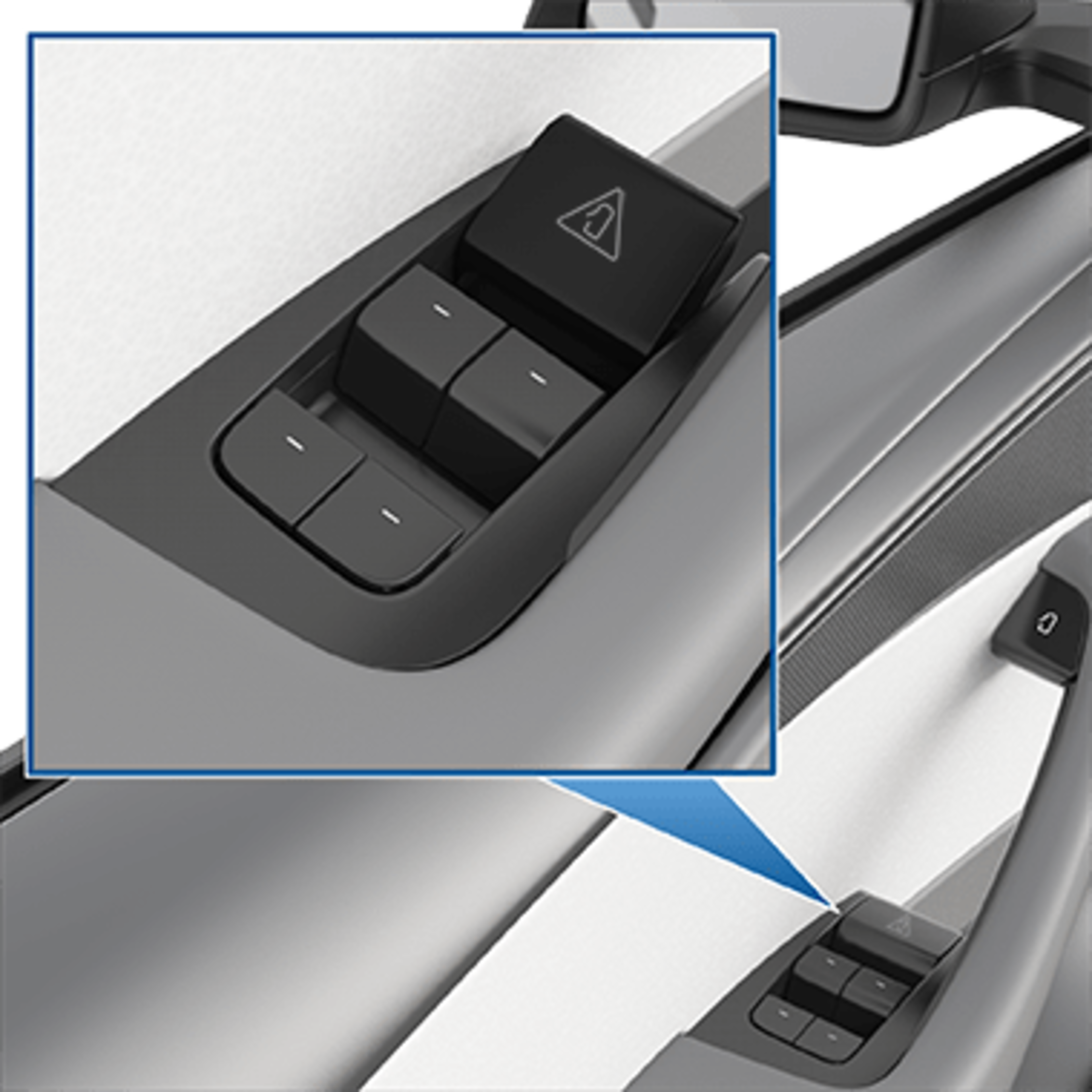
Rear door: In the door pocket — the storage well under the interior door handle — lift the small rectangular release cover. Behind it is a short mechanical release cable, often wrapped in foam or formed into a small loop. Pull that cable toward the front of the car and push the door open.

Tesla Model S
Front door: Pull up the manual door release located in front of the window switches.
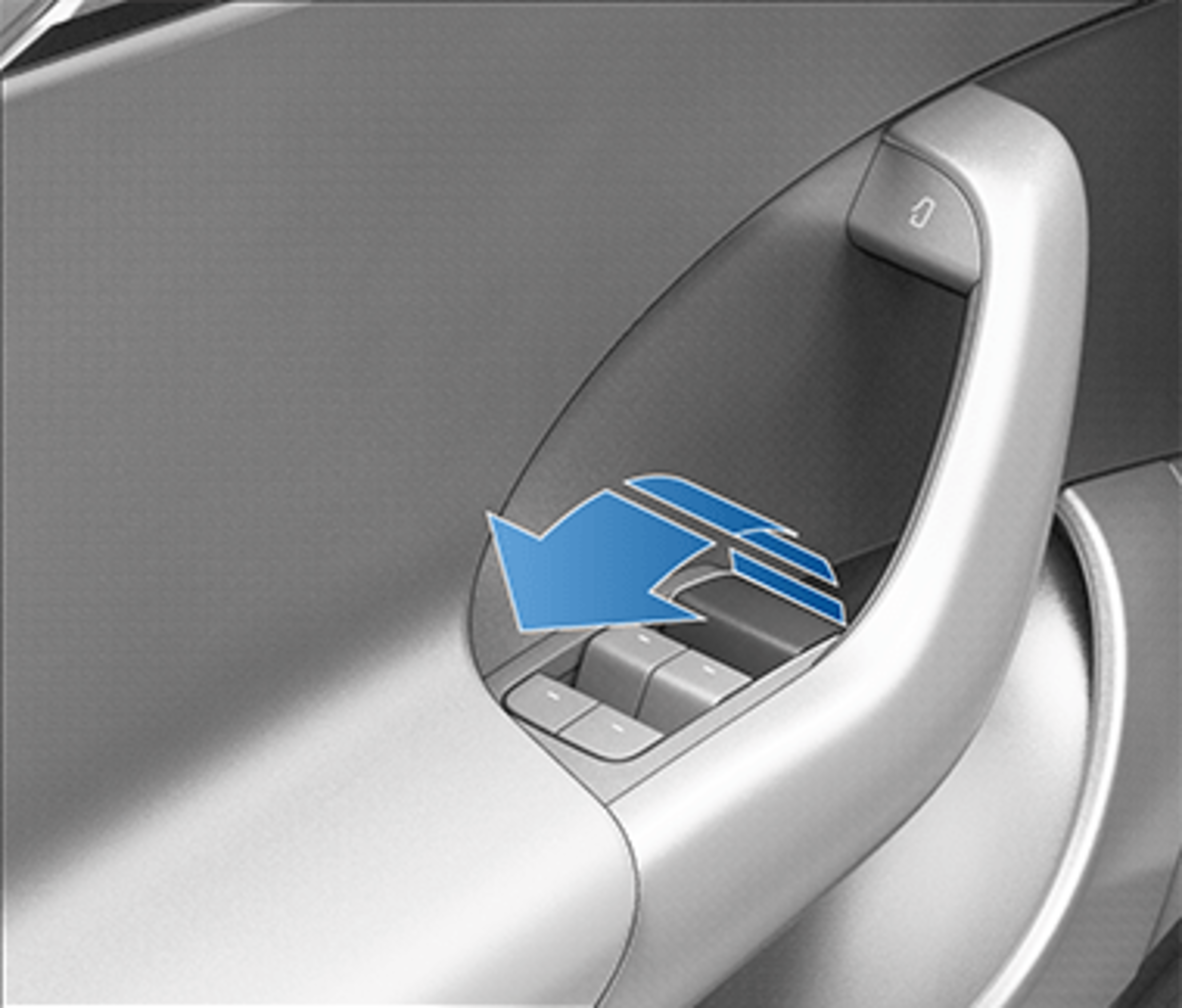
Rear door: Fold back the edge of the carpet below the rear seats to expose the mechanical release cable. Pull the mechanical release cable toward the center of the vehicle.
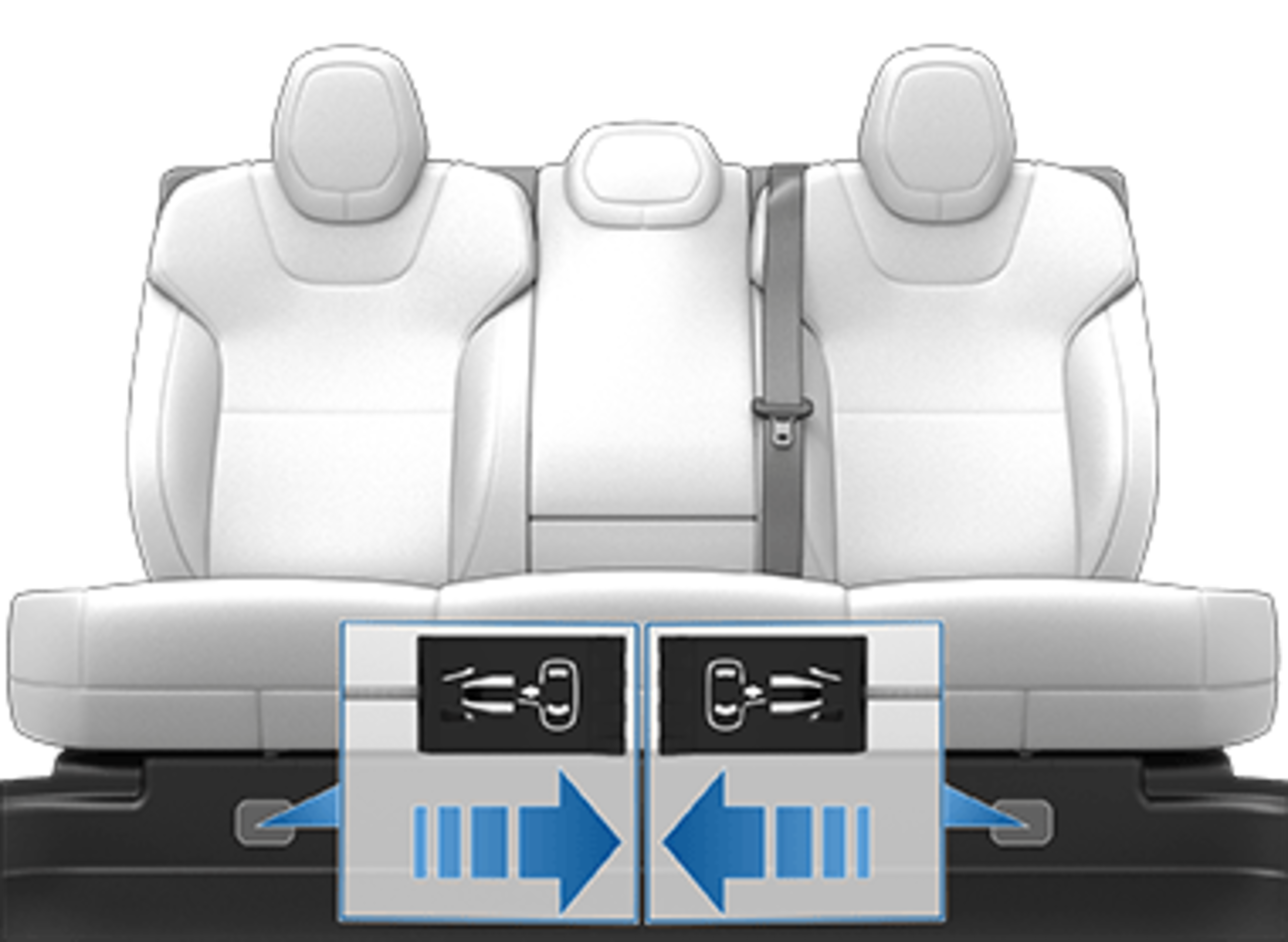
Tesla Model X
Front door: Pull up the manual door release located in front of the window switches.

Rear door: Remove the speaker grille from the door and pull the mechanical release cable down and toward the front of the vehicle. After the latch is released, manually lift the door.

Tesla Model 3
Front door: Pull up the manual door release located in front of the window switches.

Rear door: In the door pocket — the storage area underneath the handle — lift the small rectangular release cover. Behind it is a short mechanical release cable, often wrapped in foam or formed into a small loop. Pull that cable toward the front of the car and push the door open.

Cybertruck
Front door: Pull up the manual door release located in front of the window switches and push the door open.
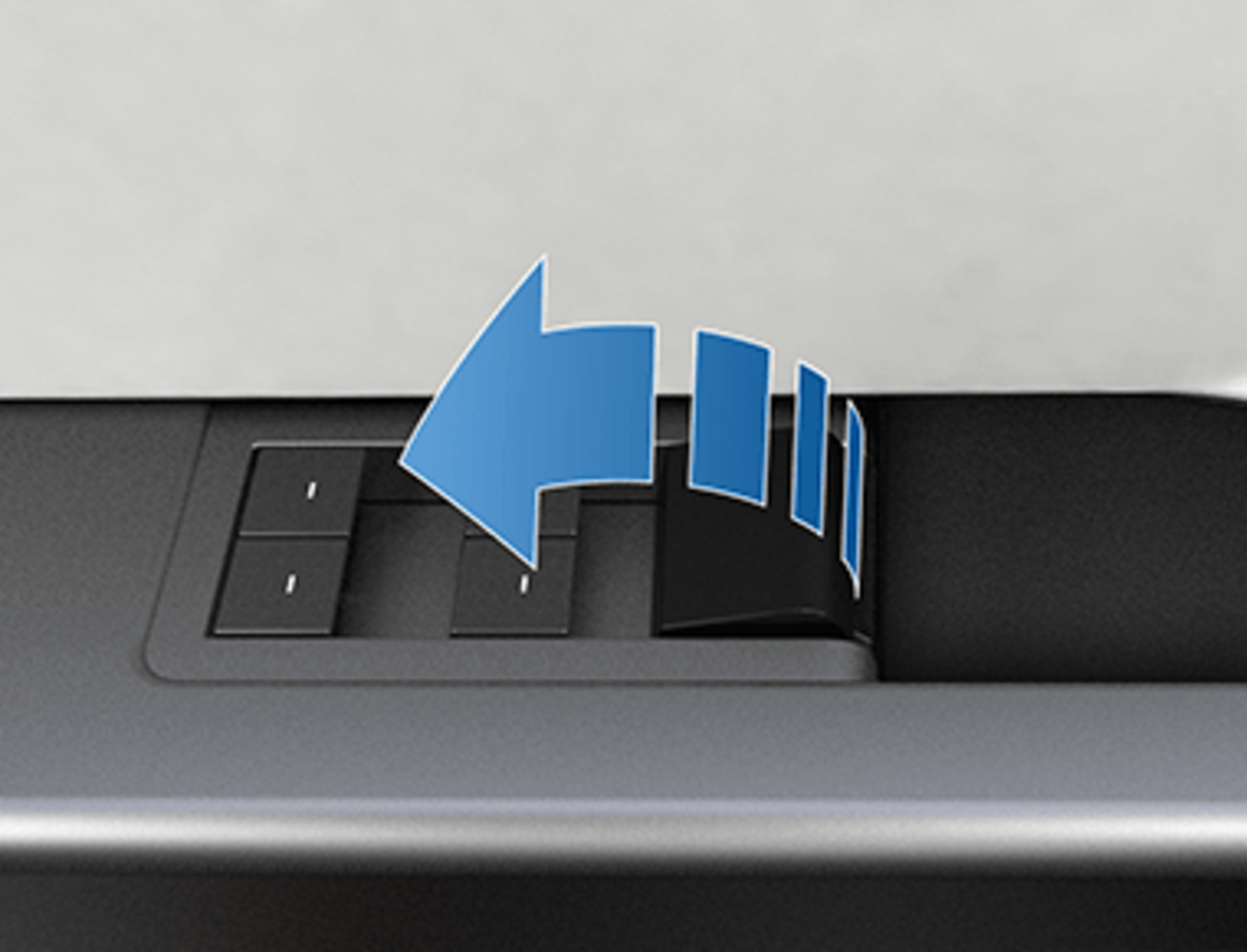
Rear door: Remove the rubber mat at the bottom of the rear door’s map pocket. Pull the mechanical release cable forward and push the rear door open.
